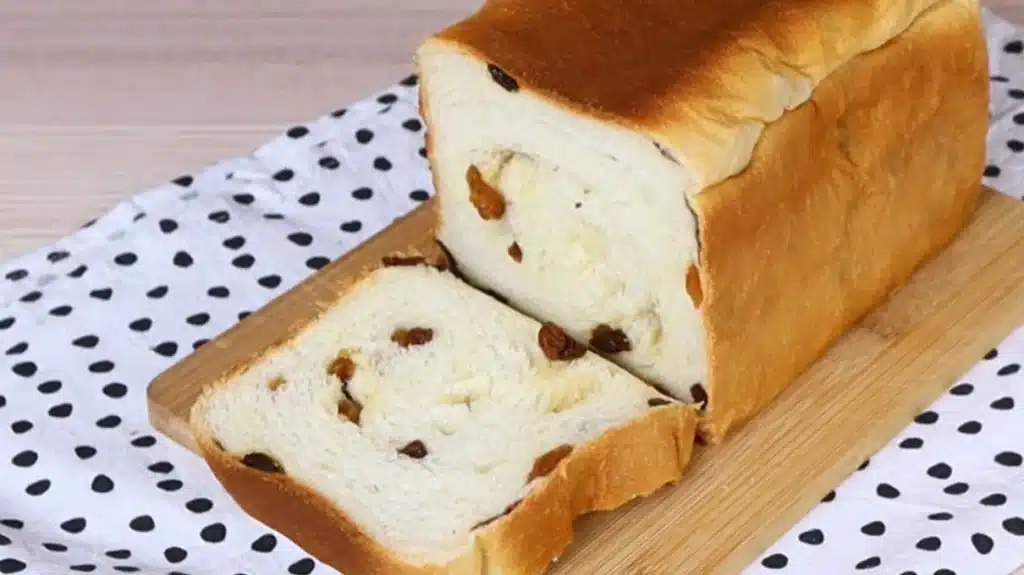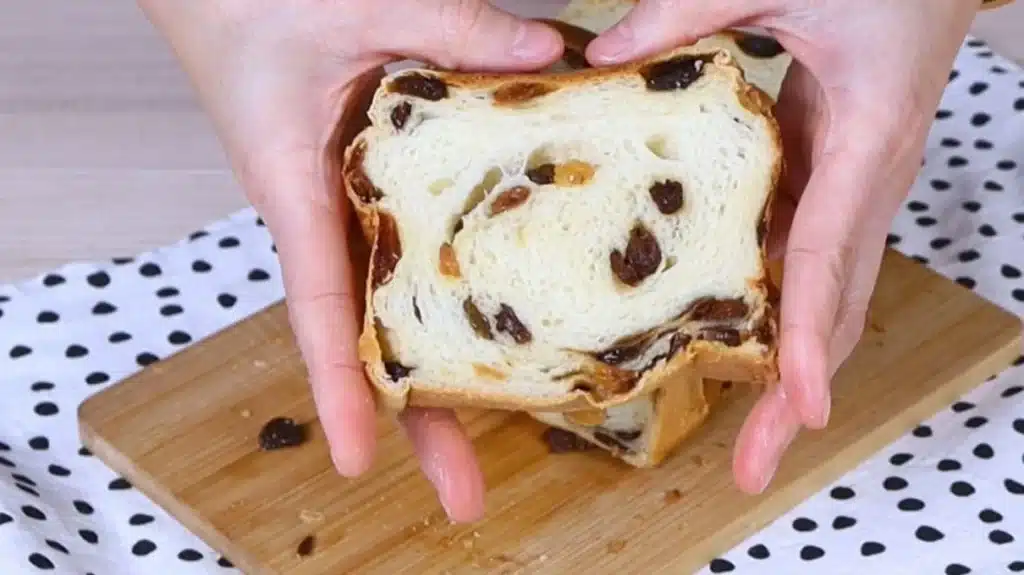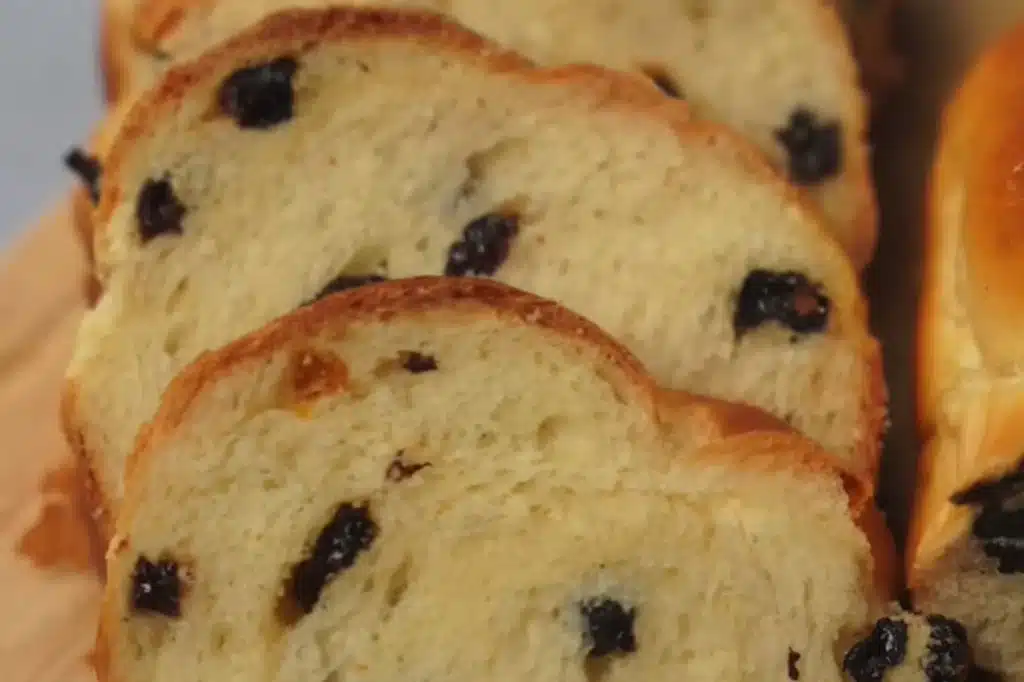Reka Bread Recipe
Embark on a tropical baking adventure with Mangoes and Palm Trees’ Reka bread recipe, a Hungarian treasure!
Imagine the warmth of a Hungarian village bakery, where the aroma of freshly baked **Reka bread** fills the air, now infused with a tropical twist from *Mangoes and Palm Trees*. This **Hungarian Reka bread** recipe delivers a slightly tangy, soft, and airy loaf with a crispy crust, perfect for soups, sandwiches, or a tropical-inspired breakfast toast. Whether you’re a novice or a seasoned baker, this **tropical Reka bread** is easy to make, rewarding, and steeped in Eastern European tradition. Ready in about 2 hours, it’s a homemade masterpiece that brings people together. Dive into this cultural delight and explore more at our Recipes.

Why Reka Bread?
Reka Bread is a gem of Eastern European baking, celebrated for its tangy flavor, crispy crust, and airy crumb. This **Reka bread recipe** blends Hungarian tradition with a tropical flair, making it versatile for savory soups, hearty sandwiches, or sweet toasts with mango jam. Its simple ingredients and straightforward process make it accessible for all bakers, delivering authentic flavors with a *Mangoes and Palm Trees* twist. For more baking inspiration, try our Chobani Banana Bread.
History of Reka Bread
Rooted in Hungary and the broader Eastern European region, Reka Bread was traditionally baked in wood-fired ovens, symbolizing family and community. Passed down through generations, each household adds its unique touch, from raisins to herbs, making it a cherished recipe that embodies love and tradition (Saveur).
Unique Characteristics
Reka Bread’s slightly tangy flavor comes from a gentle fermentation, paired with a crispy yet soft crust and a light, airy interior. Its versatility shines in both savory and sweet pairings, enhanced by tropical add-ins like coconut seeds or mango glaze, making it a standout in this **homemade Reka loaf** recipe.
Ingredients for Reka Bread
This **Reka bread recipe** uses simple, high-quality ingredients to achieve its signature texture and flavor, with optional tropical touches for a *Mangoes and Palm Trees* flair.
Essential Ingredients
| Ingredient | Quantity | Purpose |
|---|---|---|
| All-purpose flour | 3 cups | Structure and lightness |
| Whole wheat flour | 1 cup | Nutty depth |
| Active dry yeast | 2 tsp | Rising agent |
| Lukewarm water | 1 1/2 cups | Hydration |
| Fine sea salt | 1 1/2 tsp | Flavor enhancer |
| Olive oil | 2 tbsp | Softness and richness |
| Honey | 1 tbsp | Subtle sweetness |
| Raisins (optional) | 1/2 cup | Sweet bursts |
Optional Add-Ons
- Rosemary or thyme: 1 tbsp for an herbaceous, Mediterranean note
- Sesame or sunflower seeds: 1/4 cup for crunch
- Dried cranberries: 1/2 cup for tart sweetness
- Toasted coconut flakes: 1/4 cup for a *Mangoes and Palm Trees* tropical twist
Tip: Use organic flour and fresh yeast for the best rise, as highlighted in our Healthy Meal Plans.
Reka Bread Recipe
This **tropical Reka bread** recipe guides you through crafting a traditional Hungarian loaf with a crispy crust, airy crumb, and optional tropical flair, perfect for any meal or occasion.
Ingredients
| Ingredient | Quantity | Preparation |
|---|---|---|
| All-purpose flour | 3 cups | - |
| Whole wheat flour | 1 cup | - |
| Active dry yeast | 2 tsp | - |
| Lukewarm water | 1 1/2 cups | 100-110°F |
| Fine sea salt | 1 1/2 tsp | - |
| Olive oil | 2 tbsp | - |
| Honey | 1 tbsp | - |
| Raisins (optional) | 1/2 cup | - |
| Toasted coconut flakes (optional) | 1/4 cup | For tropical flair |
Instructions
- In a large bowl, combine 2 tsp yeast and 1 tbsp honey with 1 1/2 cups lukewarm water (100-110°F/38-43°C). Let sit for 5-7 minutes until foamy, indicating active yeast.
- Add 3 cups all-purpose flour, 1 cup whole wheat flour, 1 1/2 tsp sea salt, and 2 tbsp olive oil. Stir with a wooden spoon until a shaggy dough forms.
- Knead on a lightly floured surface for 10 minutes (or 5-7 minutes in a stand mixer with a dough hook) until smooth, elastic, and slightly tacky.
- If using, gently knead in 1/2 cup raisins or 1/4 cup toasted coconut flakes during the last minute of kneading.
- Place dough in a greased bowl, cover with a damp cloth, and let rise in a warm, draft-free place (75-80°F/24-27°C) for 1-2 hours until doubled in size.
- Punch down dough to release air, then shape into a round loaf, baguette, or place in a greased 9x5-inch loaf pan.
- Cover with a damp cloth and let rise for 45-60 minutes until doubled, checking with a gentle press that slowly springs back.
- Preheat oven to 450°F (230°C) with a baking stone (if using) on the middle rack and a shallow pan on the bottom rack for steam.
- Score the dough with a lame or sharp knife (e.g., single slash, leaf pattern, or parallel cuts) to control expansion.
- Place dough in the oven (on the baking stone or a parchment-lined baking sheet). Pour 1 cup water into the bottom pan for steam, then quickly close the door. Bake for 30-35 minutes until golden brown and hollow-sounding when tapped (internal temperature ~190°F/88°C).
- Transfer to a cooling rack and let cool for at least 1 hour before slicing to preserve texture.
Nutrition (Per Slice, ~1 oz): ~120 kcal, 3g protein, 2g fat, 22g carbs, 1g fiber, 200mg sodium.
Yield: 1 loaf (12-16 slices).
*Mangoes and Palm Trees* Tip: Brush the baked loaf with a mango glaze (1 tbsp mango puree, 1 tsp honey) for a tropical shine and subtle sweetness.

Kitchen Equipment
Mixing Tools
Use a large mixing bowl, sturdy wooden spoon, and dough scraper for efficient dough preparation. A digital scale ensures precise ingredient measurements for consistent results.
Baking Equipment
A reliable oven, baking sheet or 9x5-inch loaf pan, baking stone, and cooling rack are essential for even baking and proper cooling, ensuring a crisp crust and airy crumb.
Kneading Techniques
Hand Kneading
Push the dough with the heel of your hand, fold it over, rotate 90 degrees, and repeat for 10 minutes until smooth and elastic, building gluten for a light **homemade Reka loaf**.
Machine Kneading
Use a stand mixer with a dough hook on low speed (setting 2) for 5-7 minutes, checking for a smooth, slightly tacky texture to avoid over-kneading.

First Rise Tips
Optimal Temperature
Maintain a warm, draft-free environment (75-80°F/24-27°C), such as an oven with the light on or a sunny spot, to ensure even rising for this **Hungarian Reka bread**.
Time Recommendations
Let dough rise for 1-2 hours until doubled, covered with a damp cloth to prevent drying. Check by gently pressing; it should hold a slight indentation.
Shaping the Dough
Common Shapes
Shape into a round loaf for rustic charm, a baguette for sandwiches, or a pan loaf for uniform slices, versatile for this **tropical Reka bread** recipe.
Advanced Shaping Methods
Experiment with braided loaves, knotted rolls, or a twisted ring for a stunning presentation, perfect for festive occasions or tropical-inspired gatherings.
Second Rise Essentials
Covering Dough
Cover with a damp cloth or oiled plastic wrap during the 45-60 minute rise to keep dough moist, preventing a tough crust.
Length of Second Rise
Proof until doubled, testing readiness with a gentle press that slowly springs back, ensuring a light, airy texture for your **Eastern European bread**.

Scoring the Bread
Tools for Scoring
Use a lame, sharp paring knife, or kitchen scissors for clean, precise cuts to control expansion and enhance the loaf’s appearance.
Scoring Patterns
Try a single diagonal slash, a leaf pattern, or parallel cuts for both aesthetic appeal and proper oven spring in this **Reka bread recipe**.
Baking Techniques
Oven Settings
Bake at 450°F (230°C) on the middle rack with a baking stone for a crisp, artisanal crust, ensuring even heat distribution (Bon Appétit).
Steam Addition
Add steam by pouring 1 cup water into a preheated shallow pan or misting the oven walls to create a glossy, crispy crust.
Cooling Process
Cooling Racks
Cool on a wire rack to allow air circulation, preventing a soggy bottom and preserving the loaf’s texture.
Avoiding Moisture
Keep bread uncovered during cooling to maintain the crispy crust, avoiding plastic wrap until fully cooled (at least 1 hour).

Storing Reka Bread
Short-Term Storage
Store in a paper bag or wrapped in a kitchen towel at room temperature (60-70°F/15-21°C) for up to 3 days. Refresh by baking at 350°F (175°C) for 5 minutes if needed.
Long-Term Storage
Freeze sliced bread in plastic wrap and a freezer bag for up to 3 months. Thaw at room temperature or toast directly from frozen for a fresh taste.
Troubleshooting Common Issues
Dense Bread
Ensure thorough kneading (10 minutes by hand), fresh yeast (check expiration), and lukewarm water (100-110°F) to avoid a dense **homemade Reka loaf**.
Uneven Baking
Use an oven thermometer to verify 450°F (230°C), place dough centrally, and rotate the baking sheet halfway through to ensure even browning.
Flavor Variations
Adding Herbs
Incorporate 1 tbsp chopped rosemary, thyme, or basil for a Mediterranean-inspired **Hungarian Reka bread**, perfect for pairing with our Vegetarian Recipes.
Incorporating Seeds
Add 1/4 cup flaxseeds, sesame, or sunflower seeds for crunch and nutrition, or try toasted coconut seeds for a *Mangoes and Palm Trees* tropical twist.
*Mangoes and Palm Trees* Tropical Variation
Knead in 1/2 cup dried mango pieces and top with a coconut glaze (1 tbsp coconut milk, 1 tsp honey) for a vibrant, island-inspired loaf that elevates this Eastern European classic.
Serving Suggestions
Pairing with Meals
Serve with hearty soups, stews, pasta dishes, or a tropical mango salad to complement the tangy, airy loaf. Try it with our Sauce Recipes for dipping.
Toast and Sandwich Ideas
Toast with butter and tropical mango jam, or use for sandwiches with ham, cheese, or a mozzarella-tomato-basil stack, perfect for a *Mangoes and Palm Trees* picnic.
Which Tropical Add-In Will You Try?
Dried Mango Coconut Flakes Rosemary
Vote and share your tropical Reka bread on Facebook with #MangoesPalmTrees!
Frequently Asked Questions
What Is Reka Bread?
A traditional Hungarian bread with a soft, airy texture and slightly tangy flavor, perfect for versatile pairings.
How Do You Make Reka Bread?
Mix flour, yeast, water, and salt, knead, let rise twice, shape, score, and bake at 450°F for 30-35 minutes.
What Ingredients Are Needed for Reka Bread?
Flour, yeast, water, salt, olive oil, honey, and optional raisins or tropical add-ins like coconut flakes.
How Long Does It Take to Bake Reka Bread?
About 30-35 minutes at 450°F (230°C), plus 2-3 hours for rising and prep.
Can I Use Whole Wheat Flour for Reka Bread?
Yes, it adds nutty flavor and nutrition but may make the loaf slightly denser.
How Do I Store Reka Bread?
Keep in a paper bag for 3 days at room temperature or freeze for 3 months.
Can I Freeze Reka Bread?
Yes, wrap slices tightly in plastic wrap and a freezer bag, thawing at room temperature.
What Dishes Go Well with Reka Bread?
Soups, stews, salads, or tropical spreads like mango jam complement its flavor.
Conclusion
This **Reka bread recipe** brings the warmth of Hungarian tradition to your kitchen, reimagined with a tropical twist from *Mangoes and Palm Trees*. With its crispy crust, airy crumb, and versatile flavor, it’s perfect for family meals, sandwiches, or sharing with friends. Bake it, savor it, and share your tropical creation on Facebook with #MangoesPalmTrees. Explore more baking delights like our Auguson Farms Bread Mix Recipe or discover your baking style at our Personality Quiz Hub. Happy baking under the palm trees!


